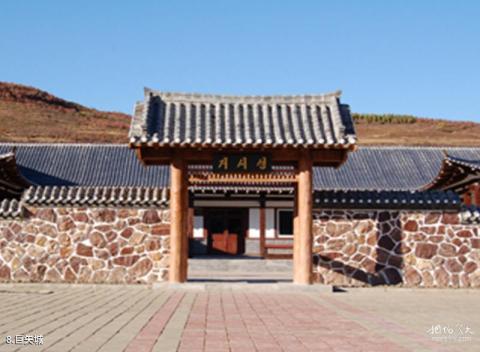
Introduction to Juya Castle: The name is derived from the homophonic pronunciation of the Korean place name of Guoyuan Village (Gushi Castle) in history. There are two theories. One is based on the traditional Korean habit of naming places. It is said that most of the people who originally lived here were families with the surname Ge, so it was named Geshi City. Another theory is that during the Spring and Autumn Period, one day a sacred bird flew in front of the King of Zhou's palace with a huge arrow tied around its neck. The King of Zhou gathered his ministers to study what it was, but none of them knew what it was, so he ordered people to ask Confucius about it. Confucius said : "This is Sushen's thing." At that time, people collectively called the hunting ethnic groups in the Northeast area Sushen, and the Koreans were one of them, so they named it "Juya City". The ear room of "Juya City" is set up as the village committee office and militia duty point. There is an exhibition hall in the main hall, which is divided into three areas. The first is the calligraphy and painting exhibition, which displays the works of Changbai local calligraphy and painting enthusiasts; the second is the folk custom exhibition area, which displays Korean production and living utensils and utensils; the third is the strange stone exhibition area, which displays unique characteristics. Carvings of Yalu River's strange stones and long white jade.
